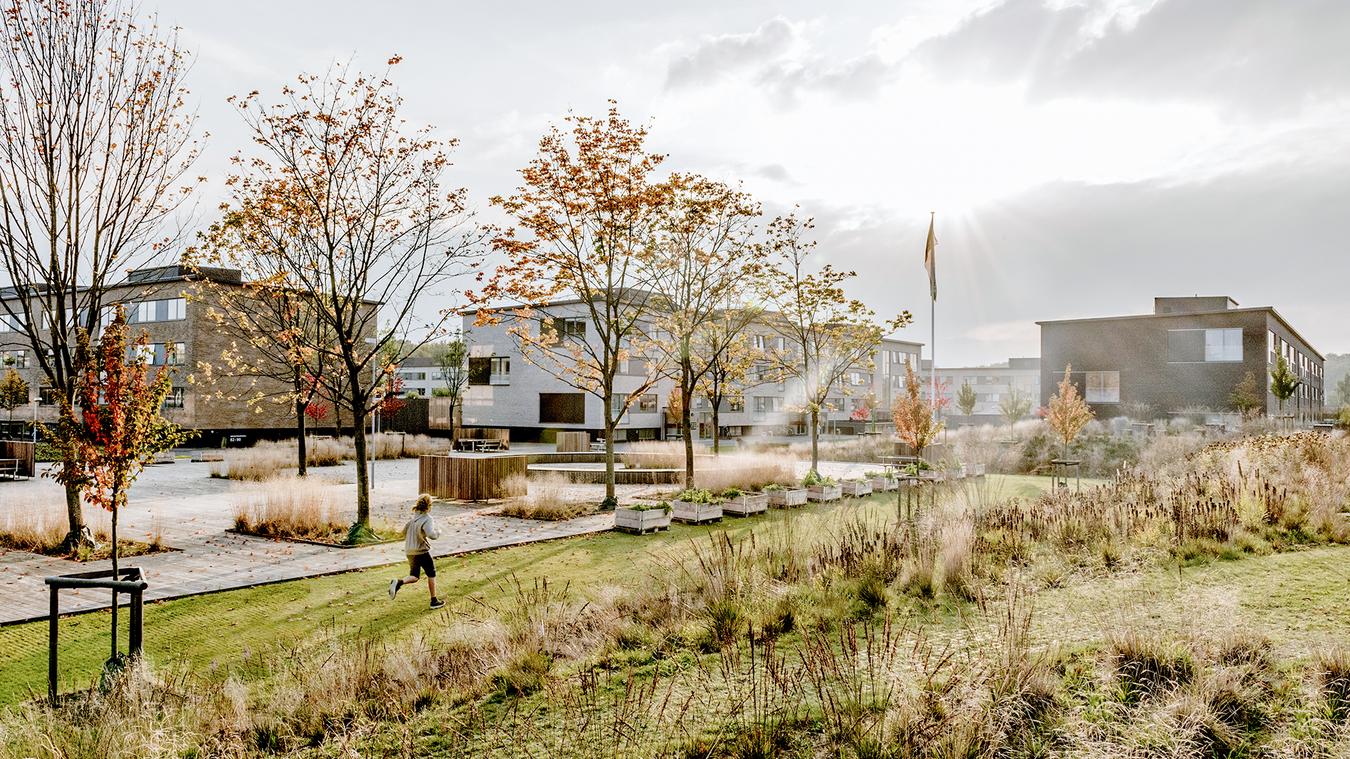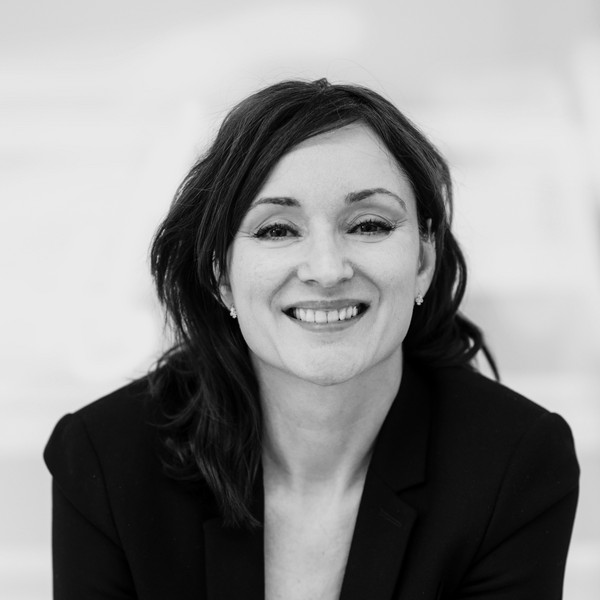Safe environments
Safety is one of the foundations for social sustainability, permitting people to live a rich and active life, educate themselves and perform to the best of their ability.

Bispehaverne in Aarhus, safety renovation project that increased residents' perception of safety from 43 to 65 percent after the renovation. Illustration: Beauty and The Bit
How do safe environments improve your project?
- Safe areas have both a higher experience value and a higher economic value.
- If you build right from the outset, you avoid problems later on and achieve a building stock that is sustainable over time.
- Claims for damages are reduced and maintenance costs minimised.
- You support the population’s democratic access to the public space by making it secure and safe to move in – particularly for vulnerable groups.
Safe environments combine positive social control with integrity and freedom of choice
As architects, we can’t resolve serious criminality, but by designing environments in line with situational crime prevention, we can:
- Counteract opportunistic crime.
- Create environments that fill secure.
Together with you as a client, we can create the best physical conditions for people to feel and be safe. Together we make a difference.

Sønderparken in Denmark, safety renovation which led to half the number of offenses after the renovation. Photo: Mette Johnsen
8 keys to success:
- Attract a range of different people by offering a wide range of activities that suit different people at different times.
- It is important to be able to see and be seen. Work on the basis of overall views, openness and clear sight lines.
- Design lighting so that people can see each other, each other’s faces and their surroundings.
- Beloved, attractive and well cared for places with their own identity indicate that people care about them and create satisfaction.
- Offer alternative routes. Minimise friction by avoiding congestion and creating variation.
- Take integrity into account: the ability to choose to participate, to observe or to be alone.
- It should be easy to orient oneself and understand the location. Clarify what is private, semi-private and public.
- Perimeter protection that prevents crime without creating a feeling of insecurity.
If architecture can create segregation, it can also create integration
We offer:
- Safety analyses, safety screening and safety tours of both buildings and entire areas.
- User and dialogue processes that create ownership and a feeling of responsibility.
- Safe environments, safety renovation, safe schools and public buildings and attractive public places together with living and safe residential areas.

Korskaersparken in Fredericia was removed from the so-called "ghetto list" after the safety renovation. Photo: Helene Høyer
